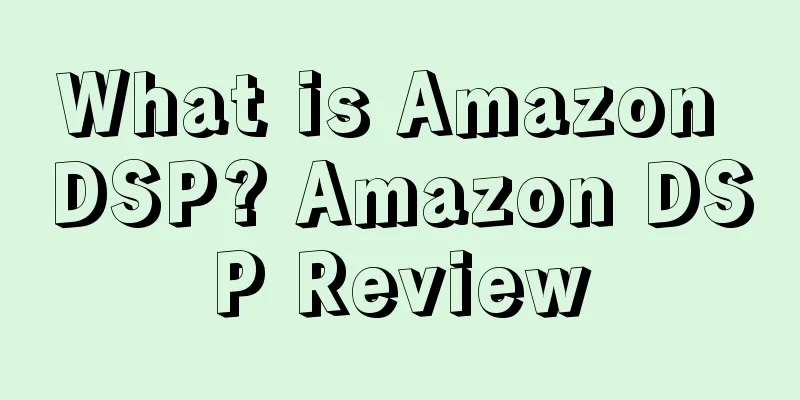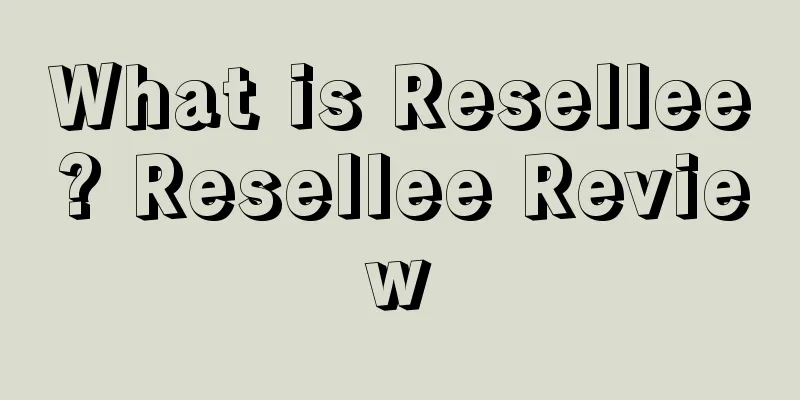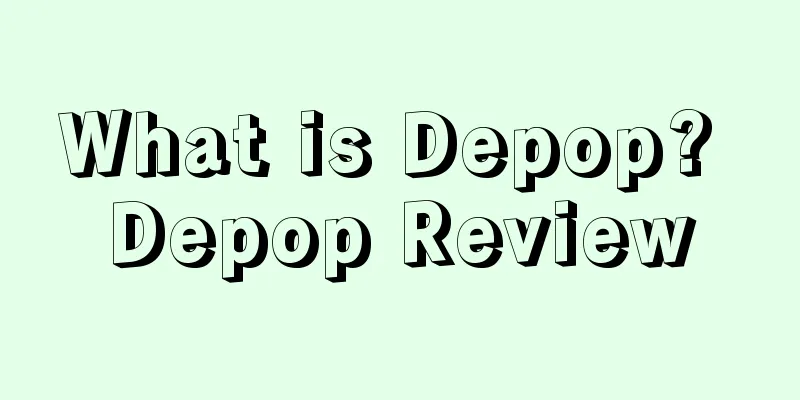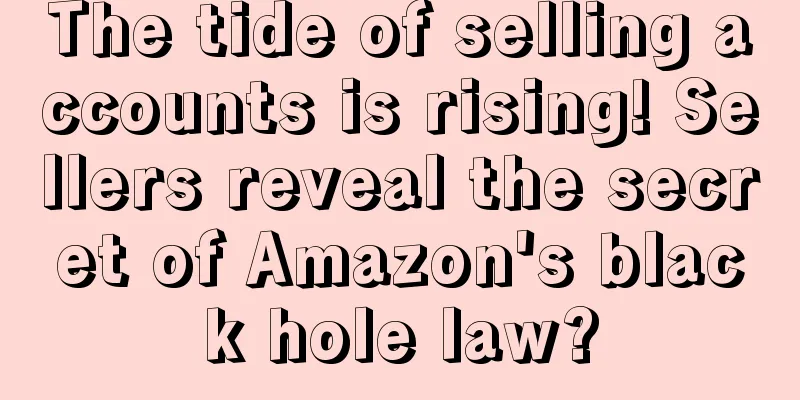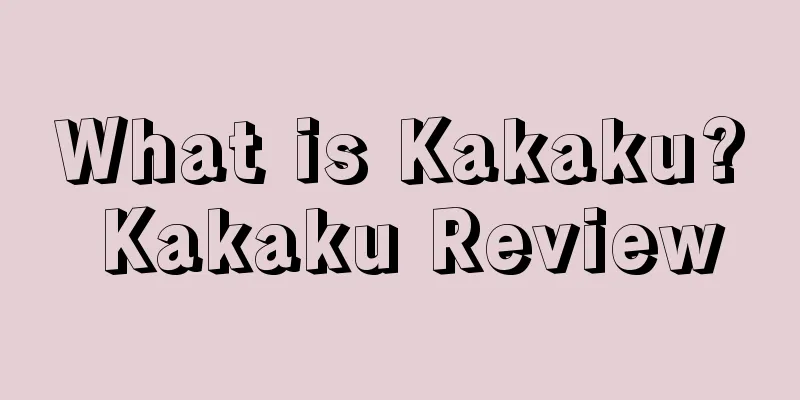What is the Benelux Office for Intellectual Property (BOIP)? Benelux Office for Intellectual Property (BOIP) Review

|
The Benelux Office for Intellectual Property (BOIP) is an important part of the Benelux Intellectual Property Organization and is responsible for the registration of trademarks and designs in the Benelux region. Official languages: Dutch, French Date of establishment: 2005-02-25 E-mail: [email protected] Service areas: Belgium, Netherlands, Luxembourg Website: www.boip.int Address: Bordewijklaan 15, NL-2591 XR The Hague, The Netherlands The predecessor of the organization was the Benelux Trademark Office and the Benelux Design Office. The two offices were established based on the relevant treaties between the three countries. In 2005, the three countries concluded the Benelux Convention on Intellectual Property (BCIP) , and the organization was established because of this convention, which also replaced the previous two institutions accordingly. The convention came into force on September 1, 2006. The office had two predecessors: the Benelux Trademark Office and the Benelux Office for Drawings or Designs: The Benelux Trademark Office was established on 1 January 1971 to implement the Benelux Trademark Treaty of 1 July 1969. The Benelux Drawing or Design Office was established in 1975 to implement the Benelux Drawing or Design Convention of 1974. origin
Since its founding in 1971, the BOIP's offices have been located in The Hague. organize BOIP is part of the Benelux Organisation for Intellectual Property, which consists of three institutions:
Responsibilities The organization is supervised by an Executive Board composed of representatives of the three member countries, which has the following responsibilities: (1) implement this Convention and the relevant implementing regulations; (2) promoting trademark and design protection in the Benelux countries; (3) Perform other tasks as directed by the Executive Committee; (4) Evaluate and amend legislation on trademarks and designs based on international, regional and other developments. Overview A trademark is a sign used to distinguish the products or services of the user of the trademark from those of other sources. According to the Benelux Convention on Intellectual Property, names, designs, signs, seals, letters, numbers, the shape of products or packaging and other signs that can be graphically represented and are used to distinguish the products and/or services of different enterprises shall be considered trademarks. However, shapes that are entirely due to the nature of the product itself, which can give value to the product or are indispensable for obtaining a technical effect, cannot be registered as trademarks. Surnames can be registered as trademarks without violating general law. Types of Trademarks A trademark should be a distinctive sign, the most common of which are word trademarks and graphic trademarks, 99% of registered trademarks belong to these two categories. Other types of trademarks that can be registered under BOIP include shape trademarks, color trademarks and sound trademarks:
Reasons why logos cannot be registered as trademarks According to the Benelux Convention on Intellectual Property, signs that lack distinctiveness cannot be registered as trademarks. The law also stipulates that the BOIP is obliged to reject trademark registration applications in certain circumstances, the most important of which include: 1. The mark is descriptive. If the mark directly indicates the characteristics or qualities of the product or service, it is descriptive. This is the most common reason for the rejection of trademark registration applications. 2. The mark lacks distinctiveness. Descriptive marks naturally lack distinctiveness. In addition, slogans, single colors or product shapes, for example, may also lack distinctiveness. 3. The sign is deceptive. For example, a sign that clearly shows coffee cannot be registered as a trademark for other products (such as tea or sleeping pills) because it is misleading to consumers. 4. The sign is a flag, emblem or other official sign of a country or international organization registered under Article 6ter of the Paris Convention for the Protection of Industrial Property. Such signs can only be registered with the BOIP after the relevant country or organization has granted permission. In practice, this ground for refusal is often related to signs containing the EU flag (or part of it). 5. The shape mark overlaps with other intellectual property rights such as designs or patents. For example, consumers are more likely to regard the shape of a chair or lamp as a design rather than a shape mark, so such a mark lacks distinctiveness. 6. The mark is contrary to public order and morality. This situation is very rare, but if it meets the requirements, the court may also declare the registered trademark invalid. Ordinary trademarks and collective trademarks A common trademark is a trademark that distinguishes the products or services of one operator from other products or services. A collective mark is a mark that has common features that distinguish products or services, such as the wool mark WOOLMARK. The owner of a collective mark may not use the mark, but instead monitors that other users meet certain standards. These standards must be stated in the regulations for use and control of the trademark when the trademark application is filed. Well-known trademark According to Article 6bis of the Paris Convention for the Protection of Industrial Property, if there is a well-known trademark that has not yet been registered, no third party may register that trademark or a trademark that is likely to cause confusion with it. In addition, the owner of the above-mentioned well-known trademark also has the right to take action against trademark infringement. However, the trademark must be well-known to a large part of the public living in the Benelux region. Trademark Protection The owner of a registered trademark has the right to prohibit any third party from carrying out the following activities without his consent:
program There are three ways to obtain a registered trademark valid in the Benelux region: First, apply directly to the BOIP to register a Benelux trademark. Second, apply to the European Union Intellectual Property Office (EUIPO) to register the EU trademark. The Benelux region belongs to the EU, so the EU trademark can be used in the region and constitute a prior right to oppose the registration of the Benelux trademark. Third, apply for Madrid international trademark registration and designate the Benelux Union or the European Union as the effective region. Regarding priority, the Benelux Convention on Intellectual Property uses the principles of the Paris Convention for the Protection of Industrial Property, that is, if an application for the same trademark registration is submitted to BOIP again within 6 months after the first trademark registration application in China, the right of priority can be enjoyed. Procedure for registering a trademark directly with BOIP 1. Trademark search Before applying for a trademark, it is recommended that applicants search for registered or applied Benelux trademarks and EU trademarks to prevent rejection or opposition due to duplication of the trademark application with the above trademarks or prior applications (even if the application fails, BOIP will not refund the application fee). The free online search tools that can be used include:
Applicants can also request BOIP to complete a trademark search, but they need to pay a fee. Based on the search request form submitted by the applicant, BOIP can provide the applicant with a search report in about 3 weeks. 2. Select the trademark classification Selecting a trademark classification is an important step in the registration process, as applicants need to specify the categories of products and services in their trademark registration applications to determine the scope of protection for their trademarks. The Benelux trademark classification follows the Nice Agreement on the International Classification of Products and Services for the Purposes of the Registration of Marks. The following online tools can be used to help determine your trademark classification:
3. Submit your application Trademark applications can be submitted directly to BOIP or through the domestic management agencies of the three countries. Paper materials can be submitted by mail, fax or on-site, or online applications can be submitted through the BOIP website (the fee is 15% lower than paper applications). When using the online application, the applicant must first register an account. BOIP will provide a teaching video - How do I register a trademark online: The application materials include:
The application fee should be paid to BOIP within 1 month after submitting the application. 4. Determine the filing date BOIP will record the date and time of receipt of the trademark application and send a confirmation letter to the applicant. The information in the application form will be entered into the system, and the applicant can learn about the progress status of the trademark application through the Trademarks Register. BOIP conducts a preliminary review of the application materials, mainly checking whether the trademark is clearly presented, whether the name of the applicant (individual or company) is stated, whether the description of the products and/or services is clear, and if it is a collective trademark, whether the trademark use and management regulations are submitted. These are the minimum requirements for trademark applications. If they are not met, the relevant application will be deemed to have never been submitted. BOIP should give the applicant at least one month to supplement and modify the application materials. This period can be extended upon application, but the maximum period shall not exceed six months from the date of issuance of the examination opinion. The filing date is the date on which the above minimum requirements are met, but if the applicant has not paid the application fee at this time, the filing date will be postponed until the BOIP receives the fee. For applicants who wish to establish priority as early as possible, they should pay the fee to the BOIP in a timely manner. 5. Publication of trademark applications Once the application date is determined, the BOIP will assign an examiner to the application to check whether the application content meets all formal requirements. If there are any problems, the examiner will notify the applicant to supplement the materials. At the same time, the products and/or services described in the application will be determined as trademark classifications that need to be designated according to the Nice Classification. Once the application date is determined and the trademark classification is determined, BOIP will publish the trademark application and send a confirmation letter to the applicant. The publication date and content of the trademark application can be viewed on the Trademarks Register, including the trademark application date and application number, the name (name) and address of the applicant and agent (if any), the category of the trademark, products and/or services, the type of trademark, the conditions for the use of collective marks, the description of the color elements of the trademark, etc., and the deadline for submitting objections. If there are errors in the published information, BOIP will modify it and republish it. The objection period will start from the date of republication, but objections already submitted before this date do not need to be submitted again. Disclosure is the beginning of the substantive examination process. 6. Assessment on absolute grounds The BOIP will evaluate the application for trademark registration based on absolute grounds for refusal. If the applied-for sign does not qualify as a trademark, for example due to lack of distinctiveness, the BOIP is obliged to refuse to register the sign as a trademark. The applicant will have up to 6 months to file a written objection to the BOIP's refusal decision. If the BOIP still rejects the application, the applicant can appeal the BOIP's decision to the Court of Appeal in The Hague (Gerechtshof), Brussels (Hof van Beroep / Cour d'Appel) or Luxembourg (Cour d'Appel). 7. Objection After the BOIP publishes the trademark application, anyone can file an opposition within 2 months to oppose the registration of the trademark. The objector can apply online or submit a paper opposition application and pay the opposition fee. The trademark applicant and the opponent will first be given the opportunity to resolve the issue on their own. If no settlement can be reached, the BOIP will make a decision after both parties have submitted their defense opinions. The BOIP first examines whether the objection should be accepted. The acceptance requirements are set out in Article 1.18 of the Implementing Regulations of the Benelux Convention on Intellectual Property. If the BOIP decides to accept the opposition, it will notify the opponent and the trademark applicant. The opponent and the trademark applicant shall submit relevant supporting documents within 2 months after receiving the notice. If the relevant supporting documents are not submitted, the objection shall be deemed to have been waived. If supporting documents are submitted, BOIP shall transfer the supporting documents of the opponent to the trademark applicant, and the trademark applicant shall have 2 months to make a written reply and submit proof of use of the relevant mark. If BOIP considers the objection to be valid, it may reject the trademark application or require the applicant to modify the applied trademark; if it considers the objection to be invalid, it will reject the objection. Parties may appeal against the BOIP's decision to the Court of Appeal as mentioned above. One thing to note is that trademark applications can be filed in the official languages of the BOIP - Dutch and French, or in English. If the applicant uses English and the opponent disagrees with the use of English, then the opposition proceedings will need to be conducted in Dutch or French. If litigation occurs later, it will need to be conducted in the official language of the relevant judicial institution. 8. Registration If the trademark application fully complies with the legal requirements, BOIP will register the trademark after the expiration of the public period. It usually takes 3 months to complete the entire procedure. If there is a rejection or objection during the application process, the time will be extended. When a trademark is registered, the applicant also obtains the exclusive right to the trademark. However, if a dispute arises, the date of application will be used to determine which party obtained the trademark first. The protection period of a registered trademark in Benelux is 10 years, starting from the date of application, and can be renewed indefinitely. The right holder can apply for renewal within 6 months before the expiration of the term (no later than 6 months after the expiration of the term), and each renewal will extend the protection period by 10 years. 9. Accelerated registration Applicants can pay an additional fee to accelerate registration, and the trademark registration can be completed within a few days after completing the relevant procedures. However, it should be noted that in this case, the BOIP's evaluation and opposition procedures for the trademark registration application based on absolute refusal grounds will be carried out after registration, which may still lead to the cancellation of the trademark registration. References
|
<<: What is Fake Cross-border? Fake Cross-border Review
Recommend
What is Yilingke Technology Co., Ltd.? Yilingke Technology Co., Ltd. Review
Yilinker Science and Technology Co., Ltd. is a new...
Valentine's Day spending in the US is set to hit a new high! The most popular gift is...
It is learned that according to the annual survey ...
What is YimiDida? YimiDida Review
Yimi Dida is a supply chain management company tha...
What is Amazon Dragon Boat Project? Amazon Dragon Boat Project Review
"Dragon Boat Plan" is the name of Amazon...
Amazon Review Practice- VINE VOICES Green Label
<span data-shimo-docs="[[20,"一、什么是亚马逊Vine ...
No way? There are still people who don’t know about the celebrity videos of buyer shows?
If you need buyer show videos or influencer videos...
The longest Black Friday ends! Are many sellers losing money to gain publicity?
Time flies, and Amazon Black Friday 2024 is about ...
What is Wemall? Wemall Review
Wemall is a Thai online shopping brand that provid...
What is NextsChain? NextsChain Review
NextsChain is a one-stop dropshipping solution for...
Wish Q2 financial report released: demand slowed down, cost increase exceeded expectations
<span data-shimo-docs="[[20," ","...
What is Kaiwo Overseas Warehouse? Kaiwo Overseas Warehouse Review
Kaiwo Group is a service provider founded in Los A...
What is Blisby? Blisby Review
Blisby was founded in November 2013. It is a Thai ...
What is Myipp? Myipp Review
Myipp is a professional product selection tool for...
What should I do if there are no orders on the Amazon homepage for my keywords?
After trying my best, I finally got a keyword ad ...
Economic downturn affects holiday shopping, more than half of Americans say they will buy fewer gifts
According to a new survey, cost of living pressure...

